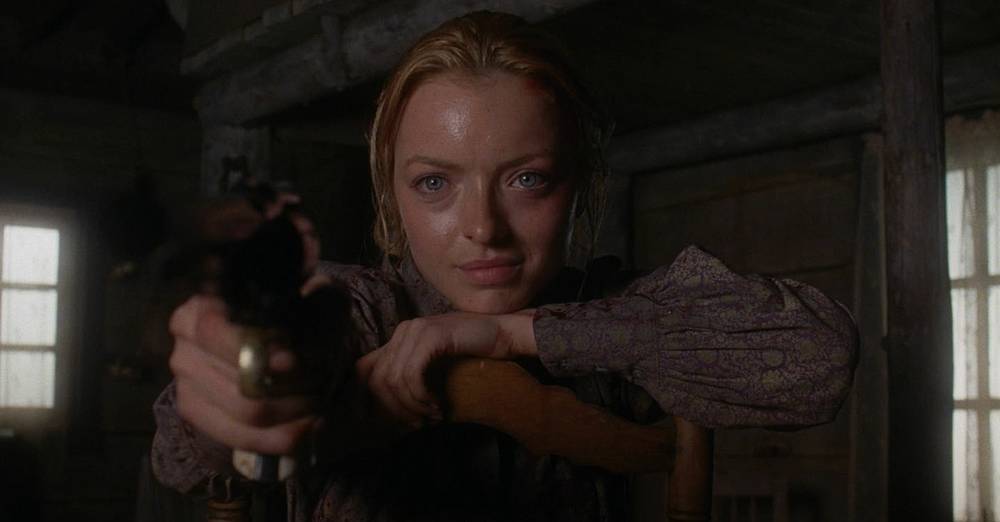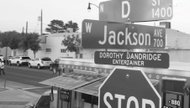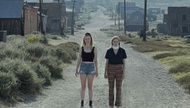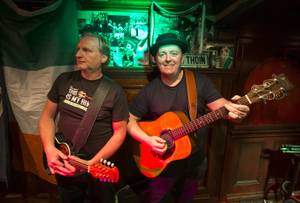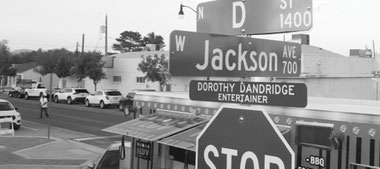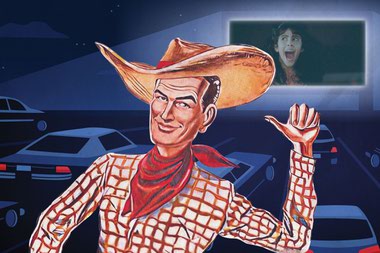
Outlaws and Angels Chad Michael Murray, Francesca Eastwood, Luke Wilson. Directed by JT Mollner. Rated R. Opens Friday at AMC Town Square and on VOD.
Writer-director JT Mollner captures the scuzzy feel of ’70s exploitation films perhaps a little too well with his feature debut Outlaws and Angels. Although it was developed concurrently, Mollner’s Western is very reminiscent of Quentin Tarantino’s The Hateful Eight, spending most of its time in a small, cramped cabin with a group of unsavory characters brought together by circumstance. Like Tarantino, Mollner consciously pushes the envelope on sex and violence, bringing to the forefront certain nasty ideas that generally never went beyond subtext during the genre’s heyday.
But Mollner doesn’t have Tarantino’s skill at crafting flavorful dialogue, or at getting revelatory performances from underappreciated actors. Without that level of artistry, Outlaws and Angels just comes across as unpleasant, excessively wallowing in its brutal violence and sexuality. It begins with a startling, sudden killing that sets the tone, as a frontier woman is cut off mid-sentence with a bullet through the brain, courtesy of a gang of bank robbers led by the single-minded Henry (Chad Michael Murray).
That jarring moment effectively grabs the audience's attention, but nothing that follows is nearly as sharp or engaging. After escaping with their loot, Henry and his associates hide out at the remote farmhouse of the Tildon family, where most of the movie ends up taking place. At first the trio of robbers just want to keep the family of four quiet while they hole up for the night, but soon Henry takes a shine to younger Tildon daughter Florence (Francesca Eastwood, daughter of Clint), and long-buried (and deeply unsettling) family secrets start to come to light.
Eastwood gives the movie’s strongest performance as a deeply problematic character, whose arc resembles some of the unsavory rape-revenge stories in disreputable exploitation movies. The other recognizable B-listers that Mollner recruits don’t fare nearly as well. Murray is a bit out of his depth as the charismatic bad boy, while Teri Polo is nearly unwatchable as the wailing, screeching religious matriarch of the Tildon family. Luke Wilson looks like he’s about to fall asleep in his periodic appearances as a bounty hunter tracking the gang (a subplot that could easily have been removed entirely), and his occasional ponderous voice-overs just make the movie sound as pretentious as it looks.
Mollner shot the entire movie on 35mm film, an admirable decision that ends up adding very little value. The film grain and the frequent close-ups add to the ’70s grindhouse vibe, but they don’t do anything for the agonizingly slow pacing or the uneven performances. By the time Mollner gets to incest, sororicide and male-on-male rape, no amount of style can compensate for the aimless ugliness of the story. The movie drags on past at least three natural endpoints, forcing the audience to endure nearly as much torture as the characters.
